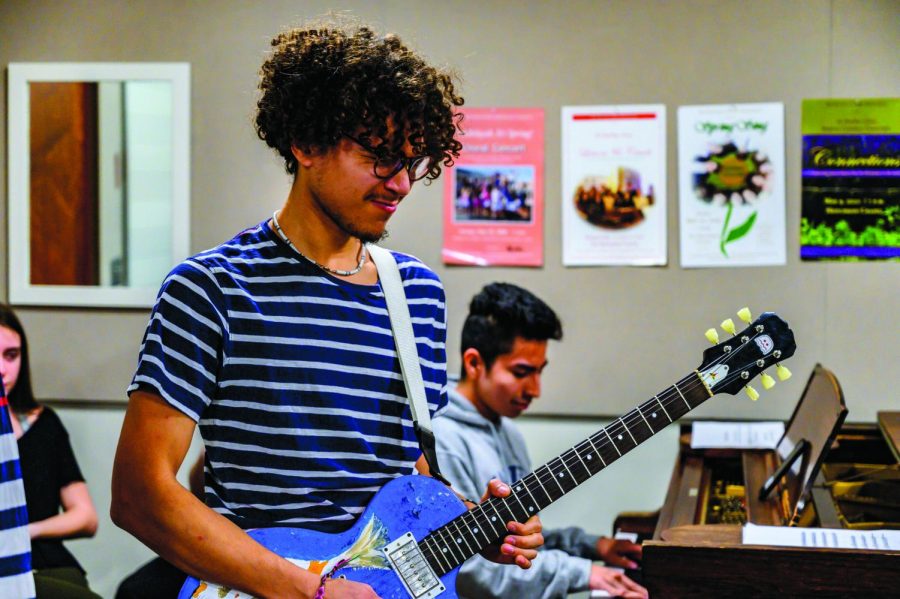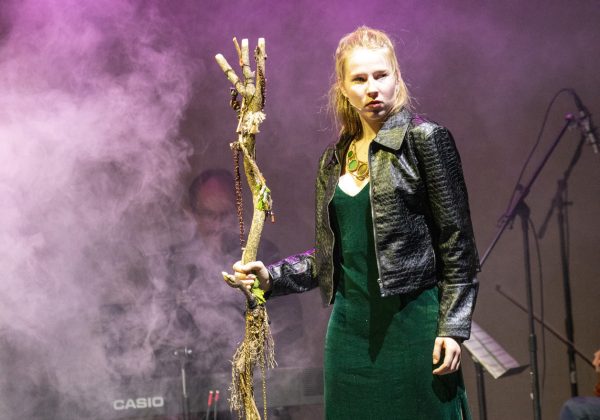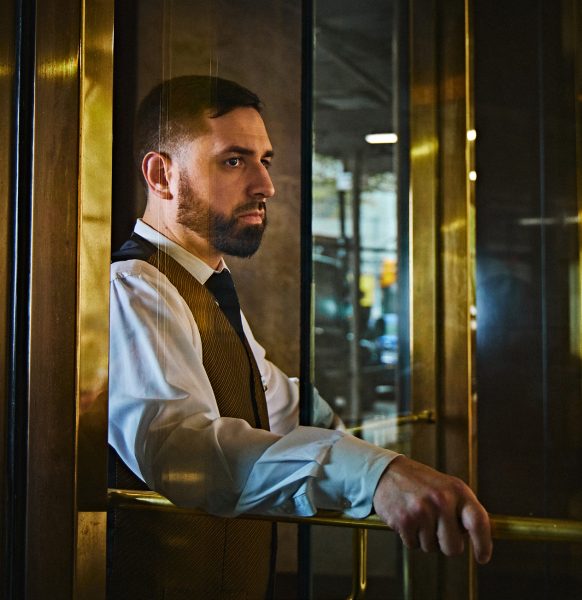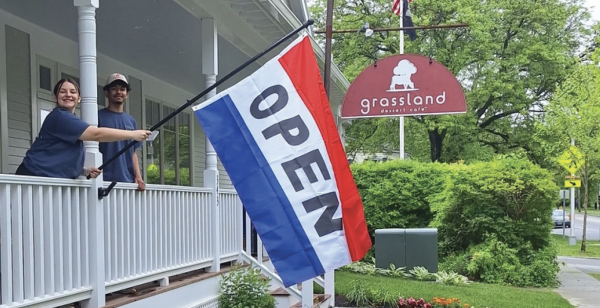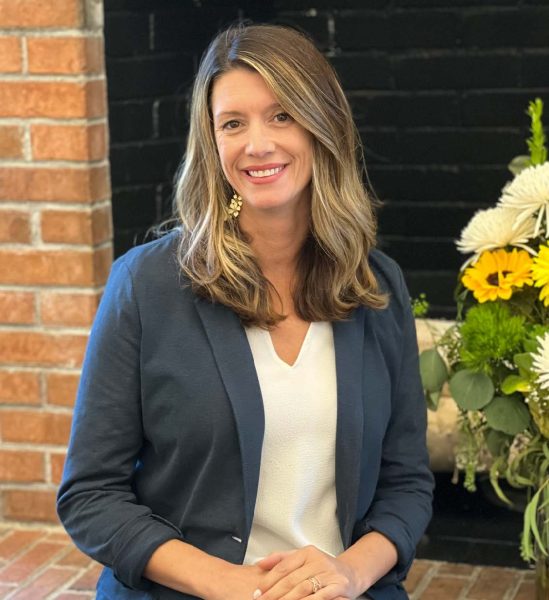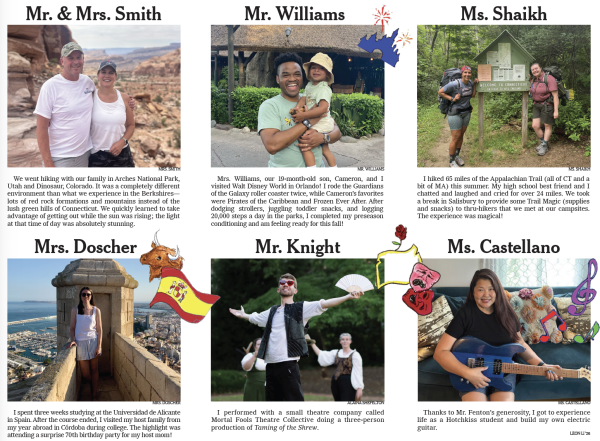What is Key in Preparing for SMS?
Desmond Teague ’20 plays electric bass at a rehearsal for the Student Music Show.
Step 1
Preparation for the Student Music Showcase (SMS) started in early November. Heads Kostia Howard ’20, Julia Lloyd ’20, Elizabeth Molitor ’20, Elijah Stone ’20, Desmond Teague ’20, and Kelly Zuo ’20, convened and drafted a tentative setlist. Howard said, “The songs are always up to the heads, and they vary depending on the tastes and talents of each year’s [group]. We usually try to get a range of styles and moods based on generally known music.”
Step 2
In early December, an all-school email announced auditions. Contrary to popular belief, cuts were necessary since over 70 people auditioned this year and not all the students would fit in the program.
Howard added, “[SMS] is really open to everyone, and we always need all kinds of instruments. A lot of people who don’t necessarily sing in Bluenotes or Calliope end up in SMS, which I’m really happy about.”
Step 3
Before winter break, the heads finalized the setlist, decided on who would be performing which songs, and started scheduling rehearsals. Molitor said, “A lot of my work was choosing what voices were suitable for which songs, arranging harmonies when it was necessary, and helping [performers] feel comfortable and confident.”
Step 4
Zuo and Teague helped write the arrangements for all the songs. Zuo specializes in arranging songs, which includes dividing a song into multiple parts for different musicians and compiling the final piece into a completed score. She said, “Each song alone takes 4 to 12 hours to arrange properly, with different songs [needing] various degrees of artistry.”
Step 5
In January, rehearsals started to run five days a week for each of the ten songs on the setlist. Students also practiced their parts in their own time. Molitor said, “I think people underestimate just how much work goes into a production like SMS. It really isn’t just a bunch of kids who get together on Wednesday and decide to play some songs, but a carefully chosen setlist [that includes] well-rehearsed songs performed by students who have dedicated a lot of their free time to the show.”
Step 6
In late January, Teague and Molitor met with Mr. Derek Brashears, director of theatre, regularly to review logistics and make sure that the show was on track. This is one of the very few times that faculty members work on SMS. Mr. Brashears also created the light design for the show.
Step 7
In the final week of February, SMS heads held final rehearsals. Performers put in their final efforts to perfect and polish their performances, and the heads worked behind the scenes to make sure sound and lighting were running smoothly. Carter Moyer ’20 ran the lights for the show.
Step 8
Showtime! SMS took place yesterday from 9-10 p.m. in Walker Auditorium.

